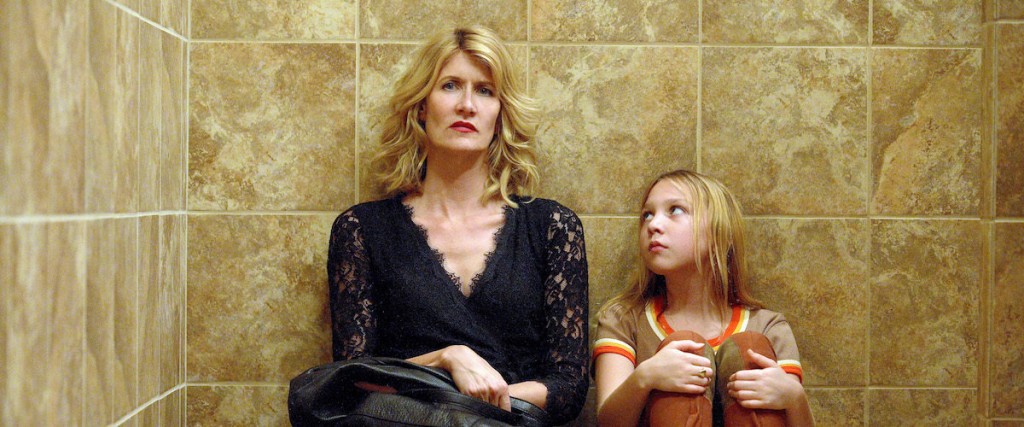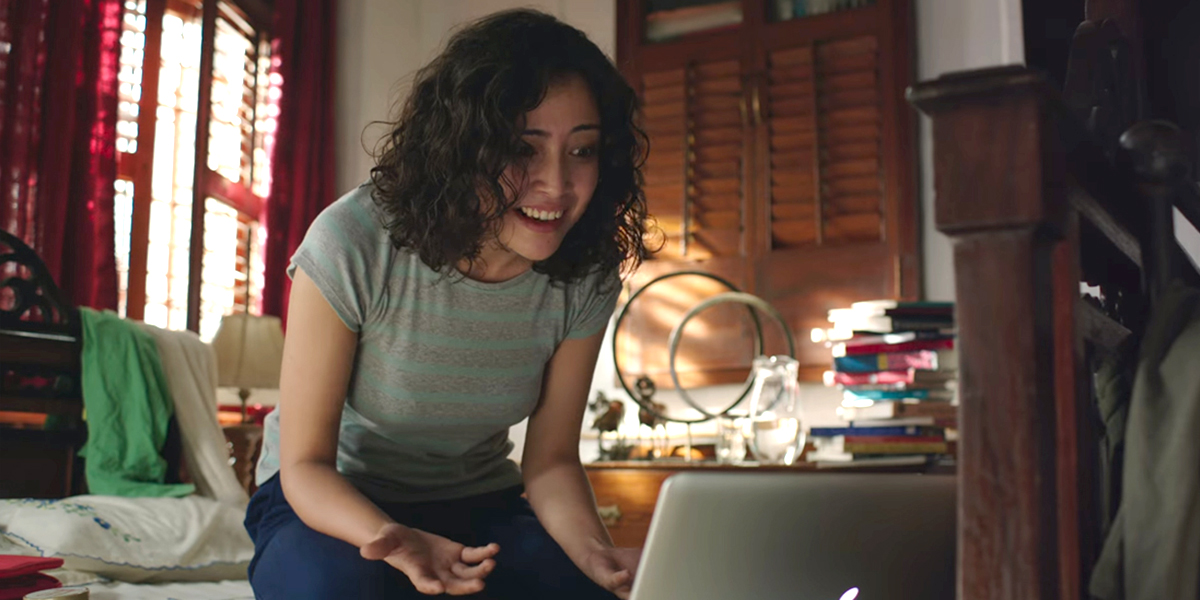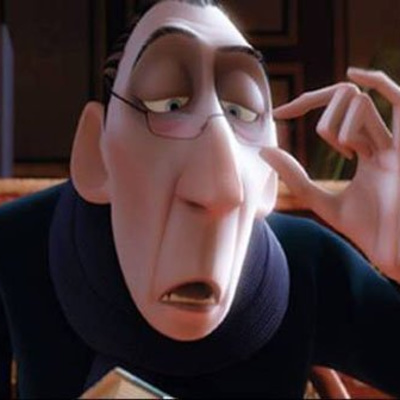By Rahul Desai
Two films this year delve into the art of mental recollection. Both of them rely on the visual language of hindsight. And both draw a clear distinction between flashbacks (a narrative device) and memories (a thinking device). Most importantly, both – Jennifer Fox’s The Tale and Deb Medhekar’s Bioscopewala – are centered on protagonists who make documentary films for a living.
The Tale is a superbly constructed autobiographical account of its own director. Laura Dern plays Jennifer Fox, an acclaimed documentary maker who, while reading through her childhood essays, discovers that she might have been sexually abused as a 13-year-old girl. The “older man” she once thought to be her first lover was in fact a 40-year-old predator who exploited her vulnerability at summer camp. Young writers tend to perceive themselves as mature beyond their years, and Jennifer was no different. In her own mind, she was a deeply perceptive teenager perfectly in control of an unusual situation. As it turns out, the ‘affair’ is something that ended up subconsciously haunting her for decades. The trauma wasn’t ever visible; instead, it quietly dripped into various aspects of her personality – she didn’t marry, avoided making a family and traveled the world in search of (filmable) pain.
As she begins processing those faded images as an independent 48-year-old lady, she treats the lost phase as the documentary she never made. She even imagines speaking to “characters” from the time, including her oblivious teenaged self, almost as if she were hoping for them to tell her that she wasn’t the star of the film.

Bioscopewala is a modern-day adaptation of Rabindranath Tagore’s short story Kabuliwala. Geetanjali Thapa plays Minnie, a Paris-based film student who returns to Kolkata after her estranged father perishes in a plane crash. She discovers that his presence on the doomed flight is somehow related to an old, senile ex-convict named Rehmat (Danny Denzongpa), who is now in her custody. Slowly but surely, as she delves deeper into his story, Minnie remembers the Rehmat she once knew. He was the harbinger of celluloid dreams for the children of her locality, but he was also her father figure – a grief-stricken Afghani immigrant who found solace in Minnie just as she did in him. Their two incomplete stories merge to form one. Unlike Jennifer’s, their equation was pure. Like Jennifer, she was neglected by her parents – a “condition” that might have manufactured the desire to recognize every story but her own.
The two women go about investigating their own past, looking up familiar faces from a bygone time and dipping into their memories – essentially re-examining a discarded black-and-white picture through the lens finder of adulthood. In doing so, they try to piece together the film others saw, rather than the one they experienced.
Rarely do the lead characters’ vocational roles play an important part in the resolutions of their individual journeys. But in such cases, it’s less about showing the job they do, and more about showing what the jobs do to them. One would imagine there is inherently nobody more equipped than a documentary maker – the discerning recorder of other lives – to assemble, and reinterpret, the lost footage of their own lives. Memories are, after all, pieces of footage scattered across the mind’s editing suite.
But that’s the beauty of these two particular films. They present two women in the best position to piece together the fragments of their own history, but also two storytellers who realize that they might have buried the corpses of their own first acts to dig up the narratives of others. On one hand, it was those experiences that drove them to locate bits of themselves in strangers’ lives. On the other hand, it’s this ingrained sense of storytelling that allows them to turn their memories into full-fledged flashbacks.
Jennifer and Minnie were the protagonists of definitive documentaries unfurling right under their nose. And now they find themselves pulling on all their professional expertise – wading in their own streams of consciousness – in order to unlock a personal prison. It allows them to sift through hours and years of thoughts, update and un-pixelate the angles and adapt them through the prism of prudence.
The craft of filmmaking, in this context, defines the humanity of people who live through stories. Like most documentary makers worth their salt, the two creators simply open their ears again. This time, they listen to their story instead of telling it. They become the classic words of the tale and the coloured images rushing through a bioscope.






Leave A Comment
You must be logged in to post a comment.